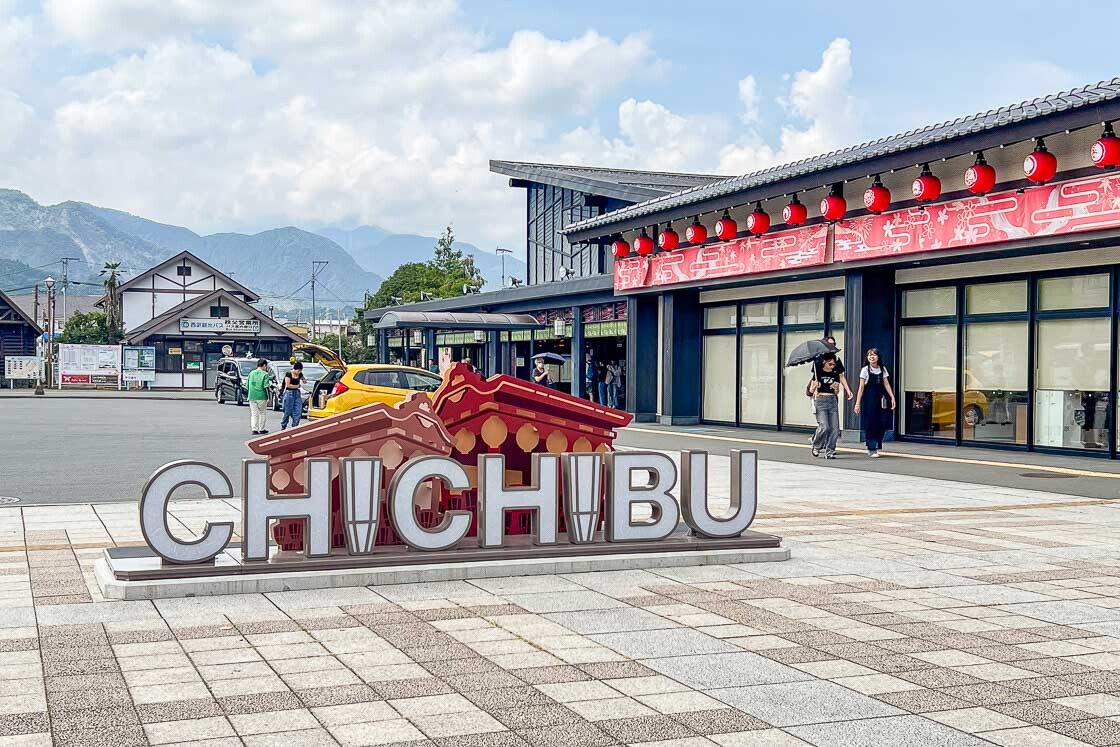Leave the city behind in Chichibu and Nagatoro
Power spots in Japan are places that are said to contain strong spiritual or healing energies and are typically associated with religious sites and natural landscapes. Chichibu and Nagatoro are said to be places with many power spots, as they contain abundant nature and have three major shrines that have been around since old. The two spots make an underrated side trip from Tokyo, and they should be considered by those who want an easy day out exploring lesser-visited destinations.

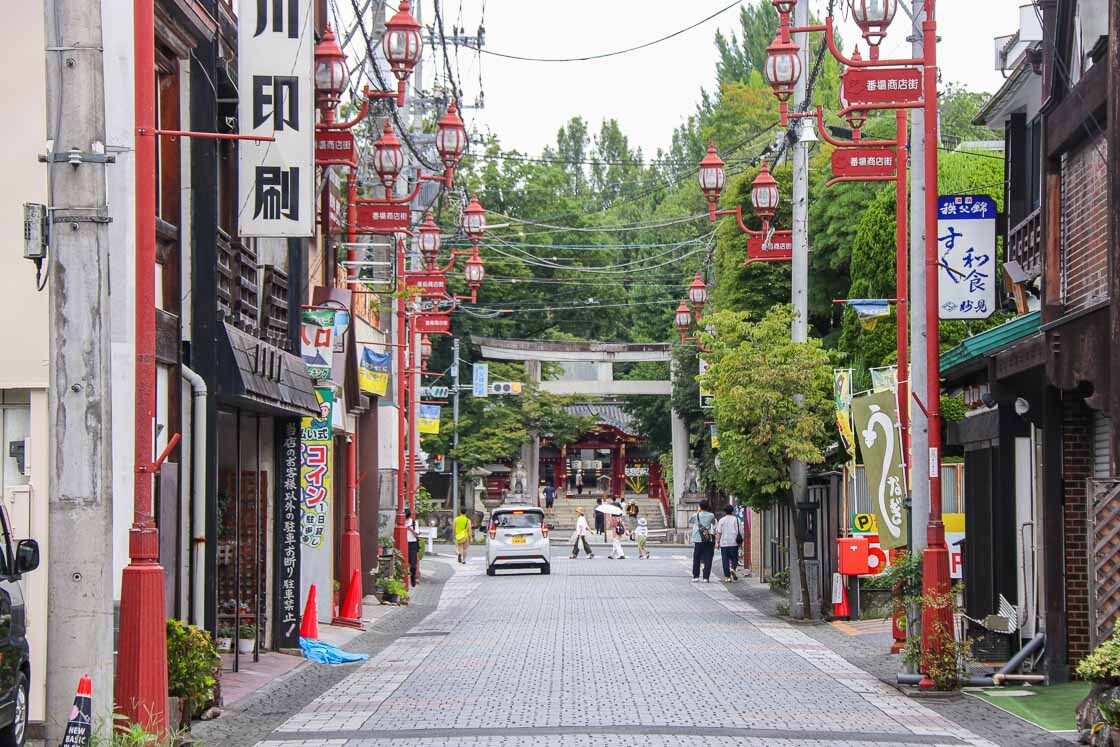
Approximately 80 minutes from central Tokyo, Chichibu and Nagatoro offer visitors a nice variety historical and cultural sights alongside outdoor activities. Additionally, Seibu Railway offers a rail pass - the Seibu 1 Day Pass + Nagatoro - that is available to all foreign passport holders, making it convenient to travel to and around Chichibu. More details about the rail pass is available in the access section below.
On a recent visit to Chichibu and Nagatoro, I made use of the rail pass and spent a day exploring the area. I started from the Seibu Railway Ikebukuro Station in central Tokyo, and purchased the abovementioned rail pass from the Seibu Tourist Information Center. Note that as the pass is available only to foreign nationals, you'll need to show your passport in order to purchase one.
Taking the Limited Express Laview is a nice way to get to Chichibu comfortably. It takes about 80 minutes to get from Ikebukuro to Seibu-Chichibu, and the comfortable seats and huge windows make the journey very enjoyable. The train set is designed by acclaimed architect Sejima Kazuyo, one half of architectural firm SANAA that has designed many buildings internationally. I was looking forward to taking the train and purchased my limited express ticket at the counter together with my pass.
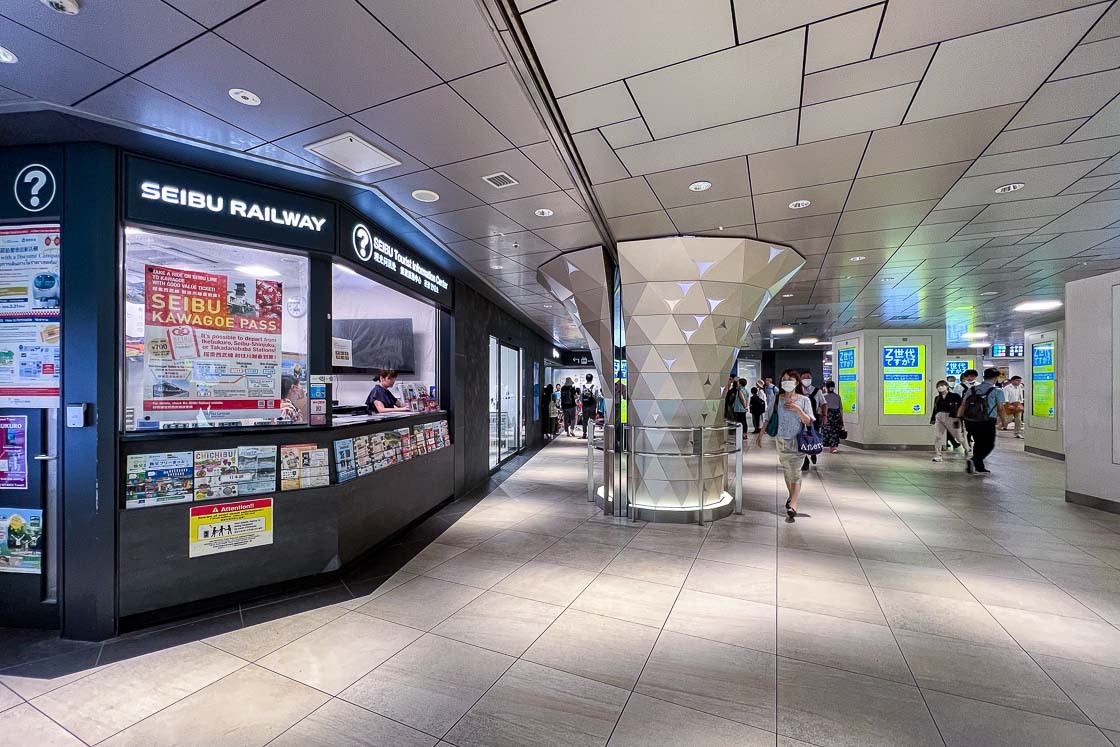
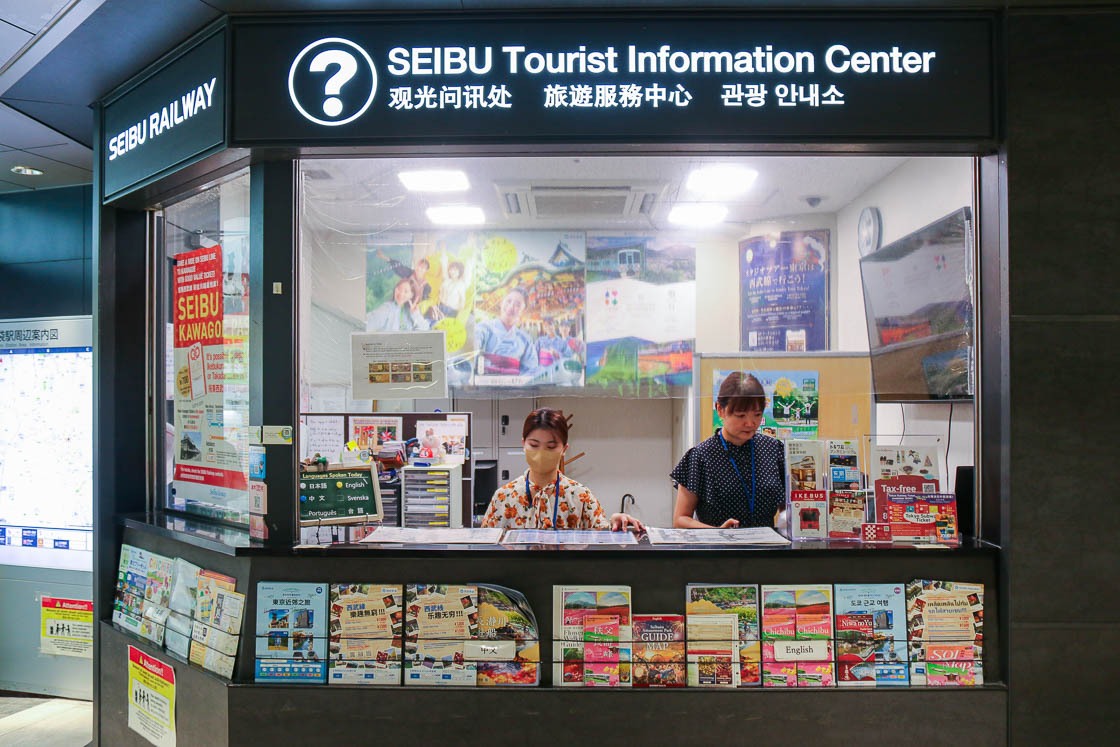

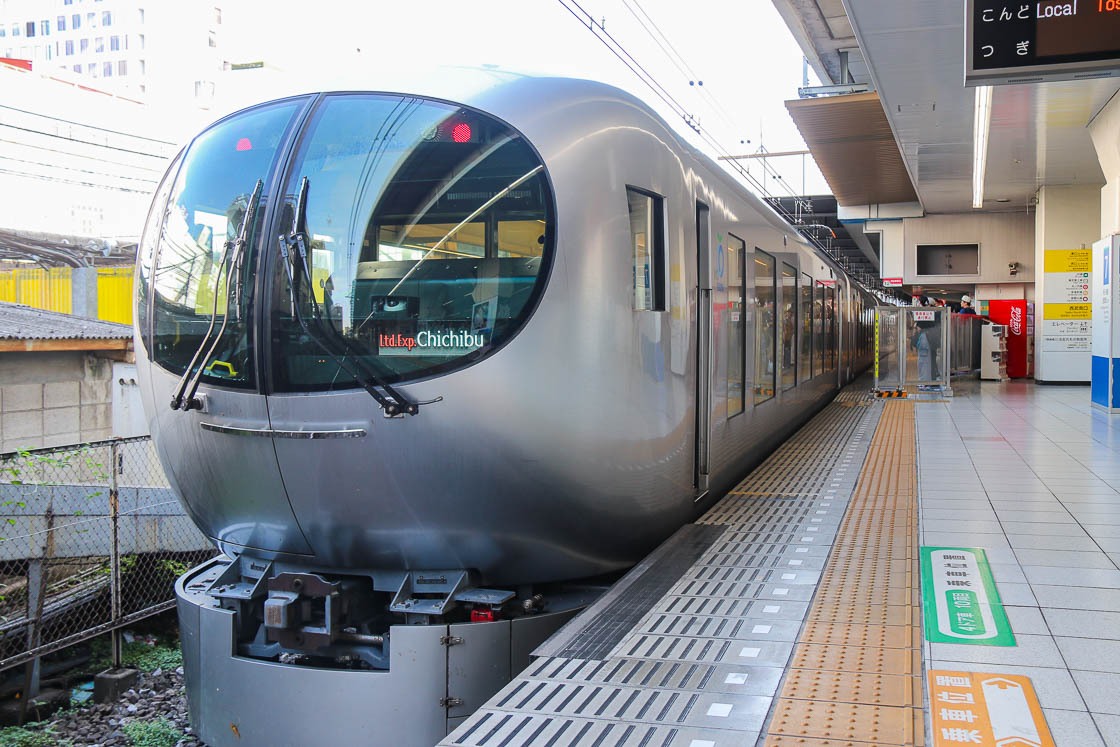
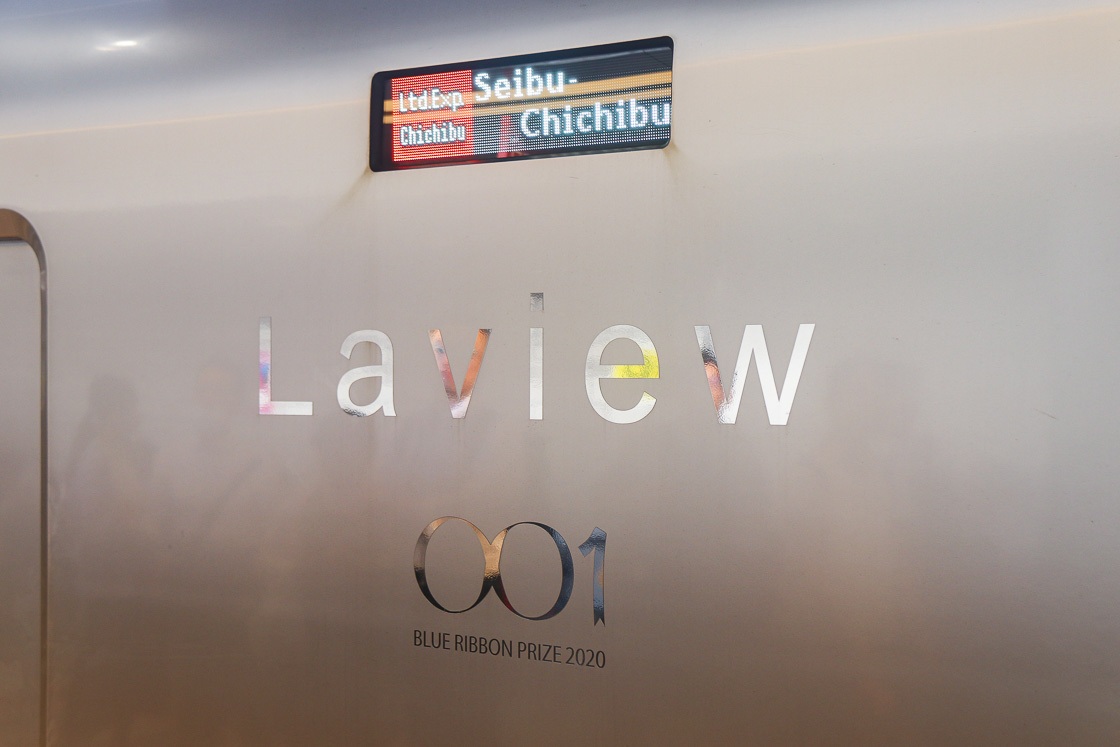
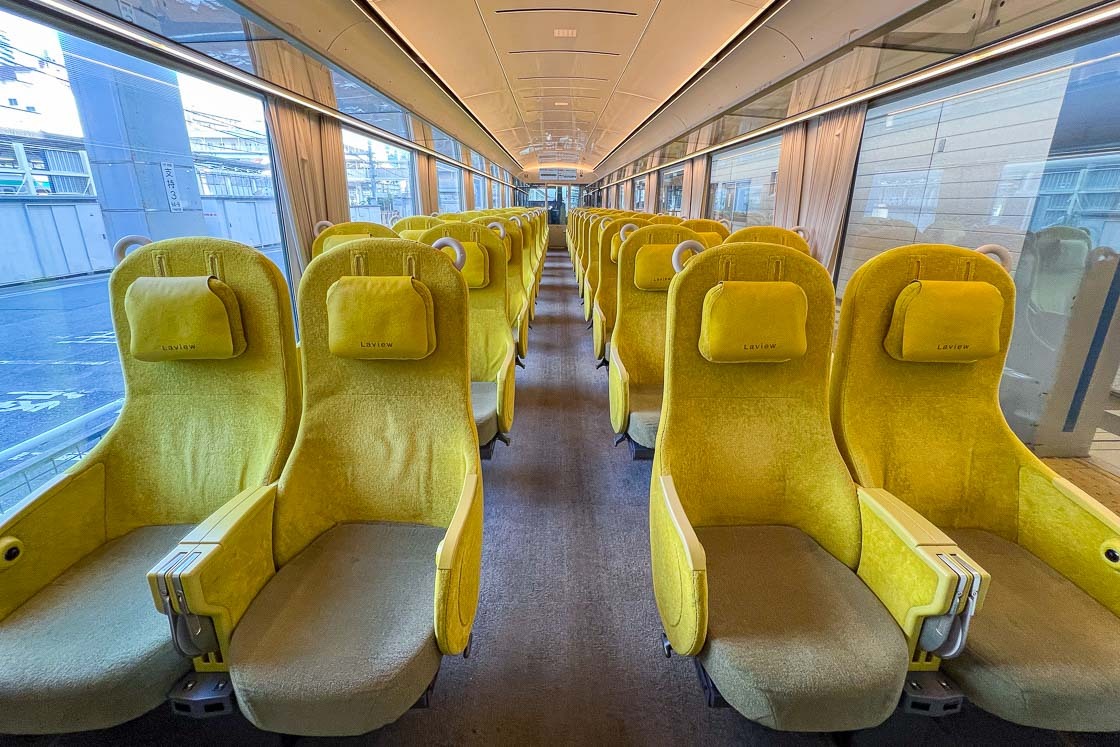
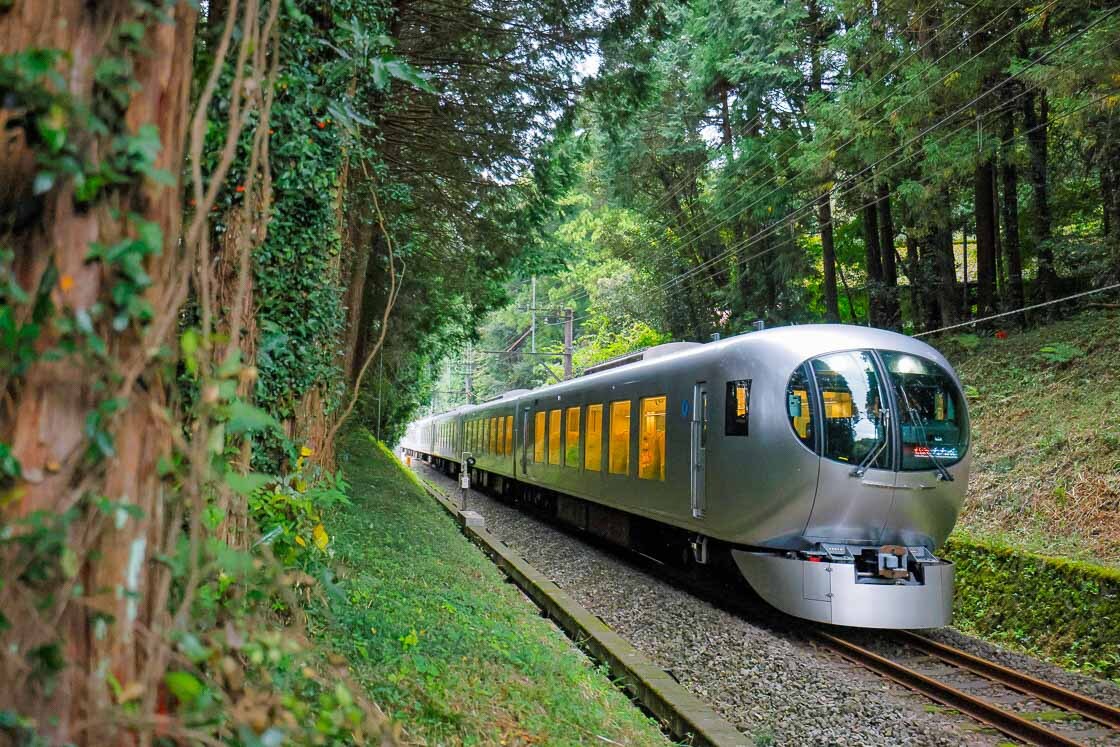
Upon arrival at the station, I set off in the direction of Chichibu Shrine. My route took me on an atmospheric, paved road lined with a number of preserved, early 20th century buildings, some of which have been repurposed into cafes and hotel lodgings. The walk from Seibu-Chichibu Station to the shrine took about 15 minutes.
Chichibu Shrine is one of the oldest shrines in Japan and one of the three major shrines in Chichibu, Hodosan Shrine, which I was going to visit later, and Mitsumine Shrine make up the other two. The shrine was established over 2110 years ago, and its main hall contains intricate wood carvings by the same master wood-carver who did the ones at Nikko Toshogu, a well-known shrine and mausoleum east of Tokyo dedicated to the founder of Tokugawa shogunate who ruled over Japan.
I took my time to see the wood carvings that adorn the sides of the main hall. As I explored the shrine grounds, I learned that Chichibu Shrine is the host for the Chichibu Night Festival (Chichibu Yomatsuri), one of Japan's top three festivals to feature floats, the other two are Gion Matsuri in Kyoto and Takayama Matsuri. Winter festivals and fireworks are not as common as summer festivals and fireworks, so those who are planning their winter trip should consider adding the Chichibu Yomatsuri into their itineraries. I have already added it to my go-to list for this year!


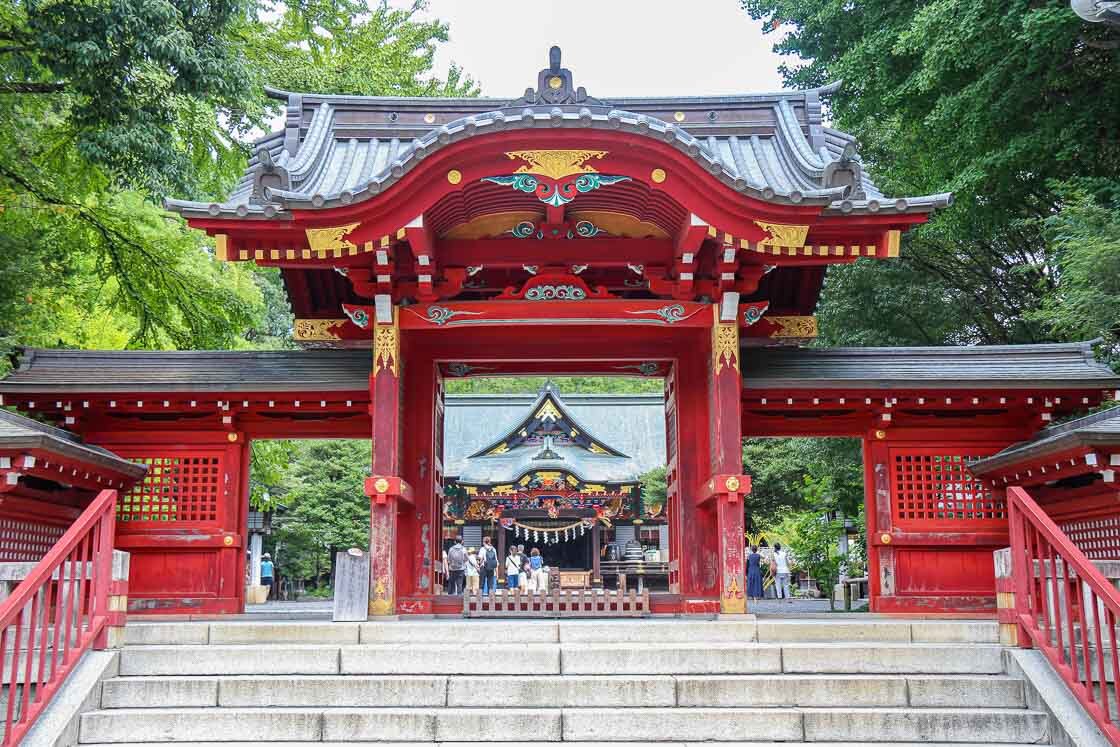
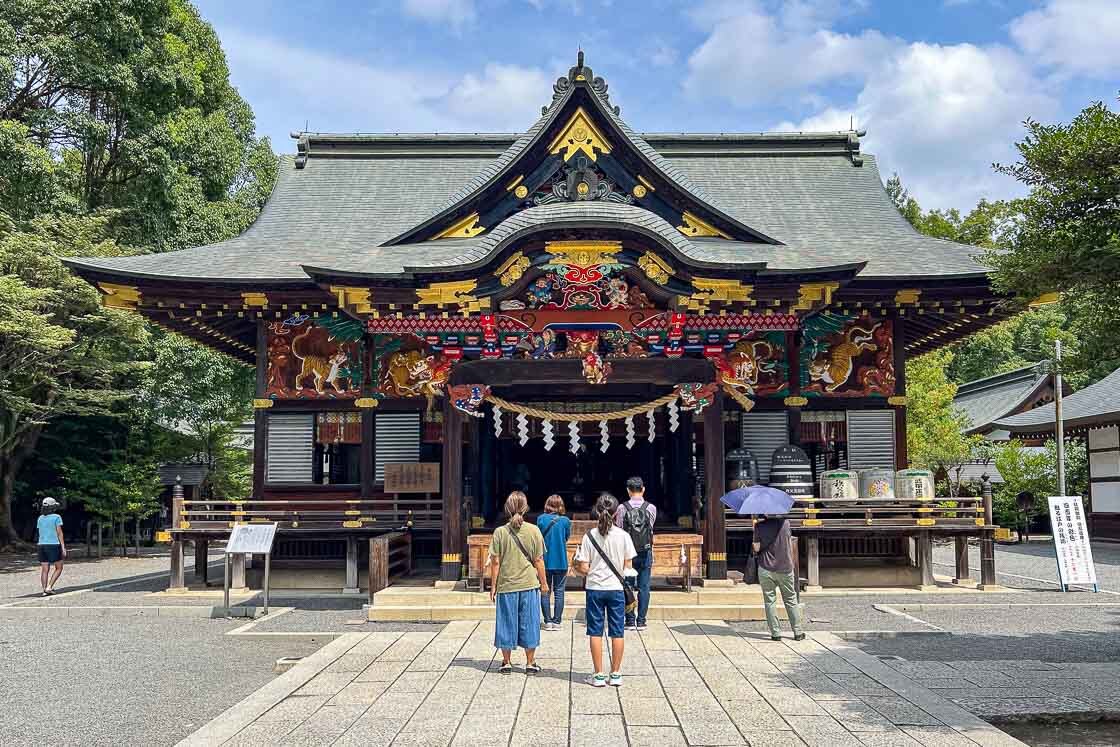
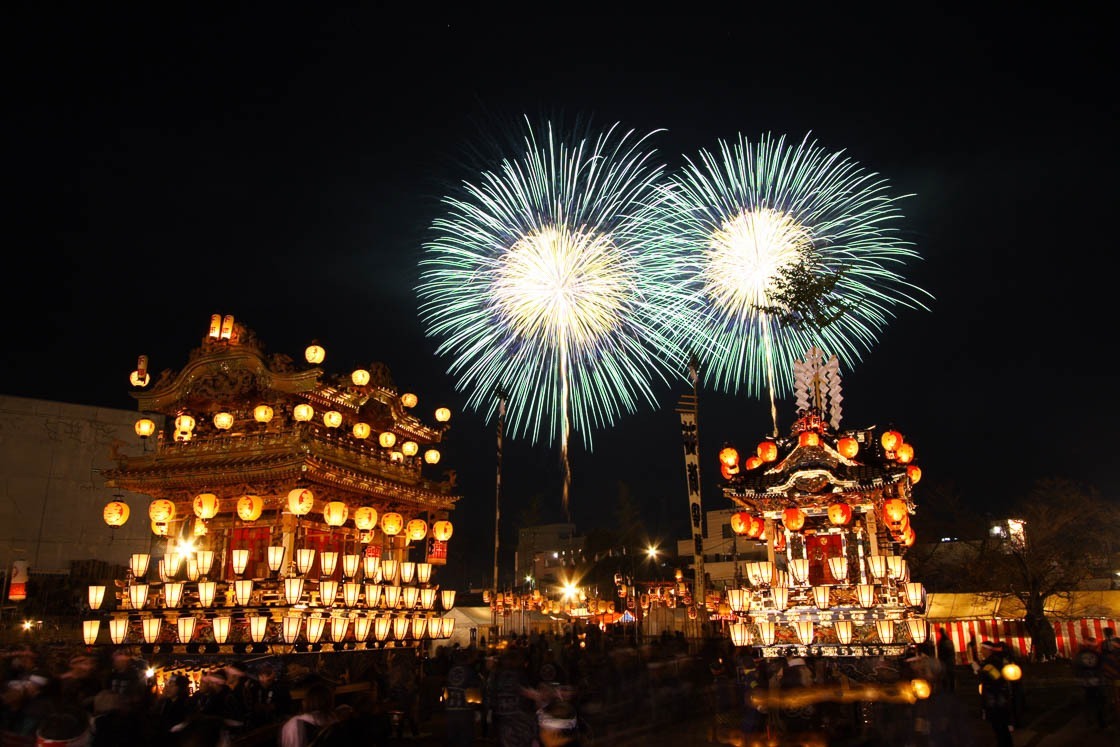
From there, I made my way to Chichibu Station on the Chichibu Railway to take the train to Nagatoro. From Nagatoro Station, I went for lunch at Yurin, a local restaurant not far from the station. Grilled pork and pork cutlets are some of the local specialties in Chichibu, and Yurin specializes in rice bowls topped with miso glaze grilled pork. In fact, the only options available at Yurin are the size of the rice bowls: small, regular and large. It goes without saying that my miso glaze grilled pork rice bowl was perfect, something that is to be expected of a shop with only one item on their menu.
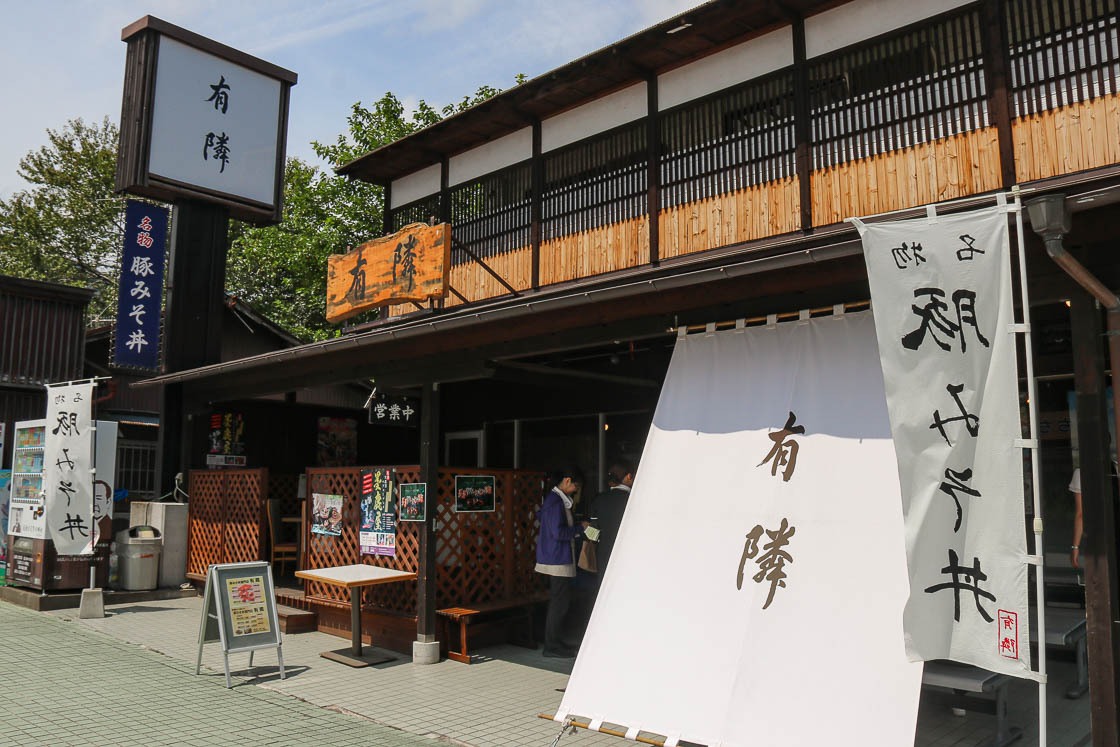
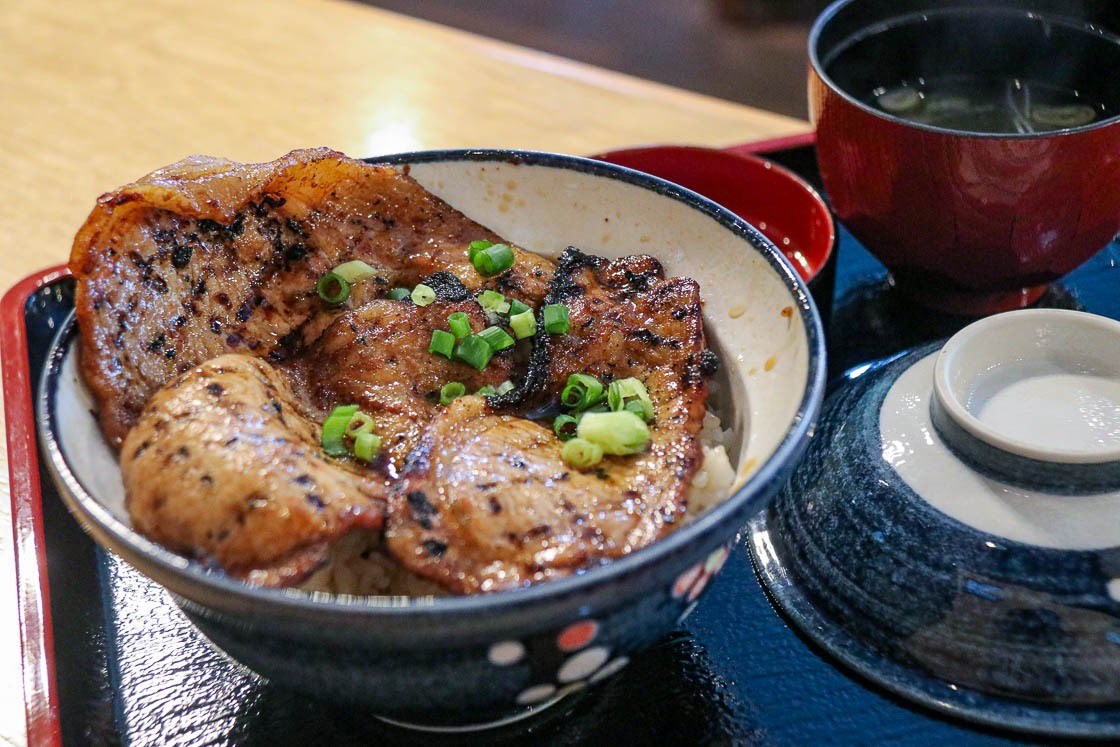
After lunch, I continued to Hodosan Shrine, another one of the three major shrines in Chichibu, located at the base of Mount Hodo. Established approximately 200 years after Chichibu Shrine, the main hall at Hodosan Shrine also contains wood carvings, and some of the images depicted reflect Chinese teachings and mythology.
While Chichibu Shrine felt like a city shrine due to its proximity to a major train station and shops, Hodosan Shrine had a more secluded atmosphere thanks to the lush greenery that surrounds it. Visitors can also visit the upper shrine at the summit of Mount Hodo by either taking a ropeway or hiking about an hour.
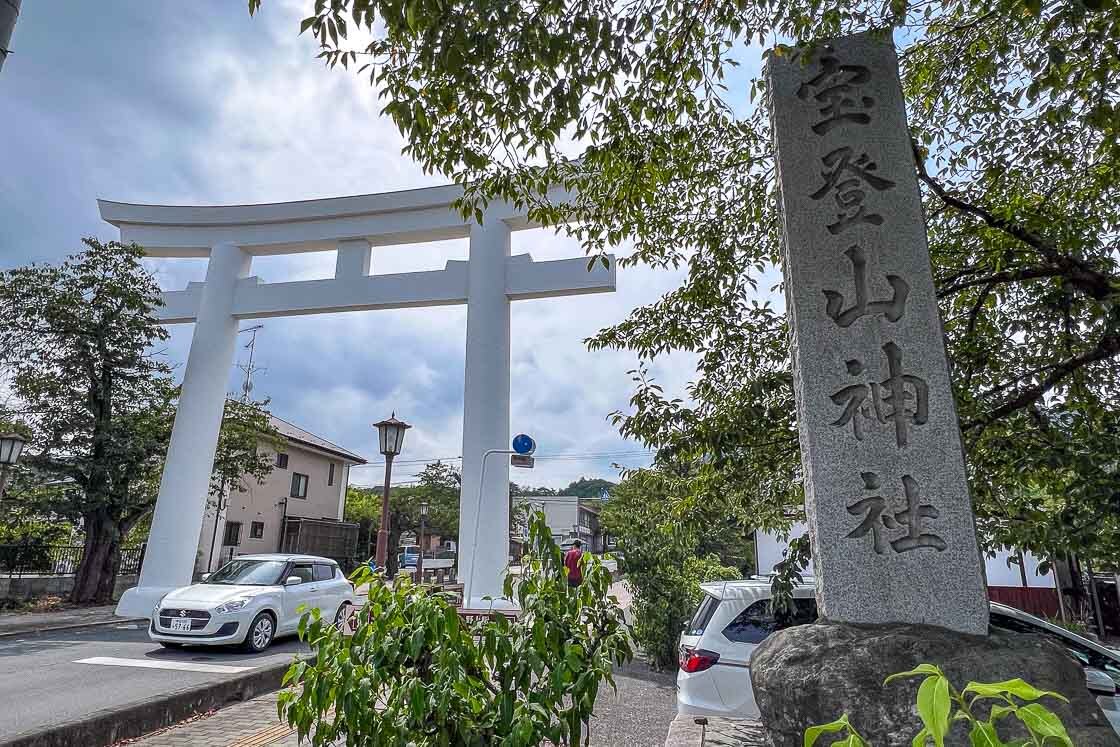

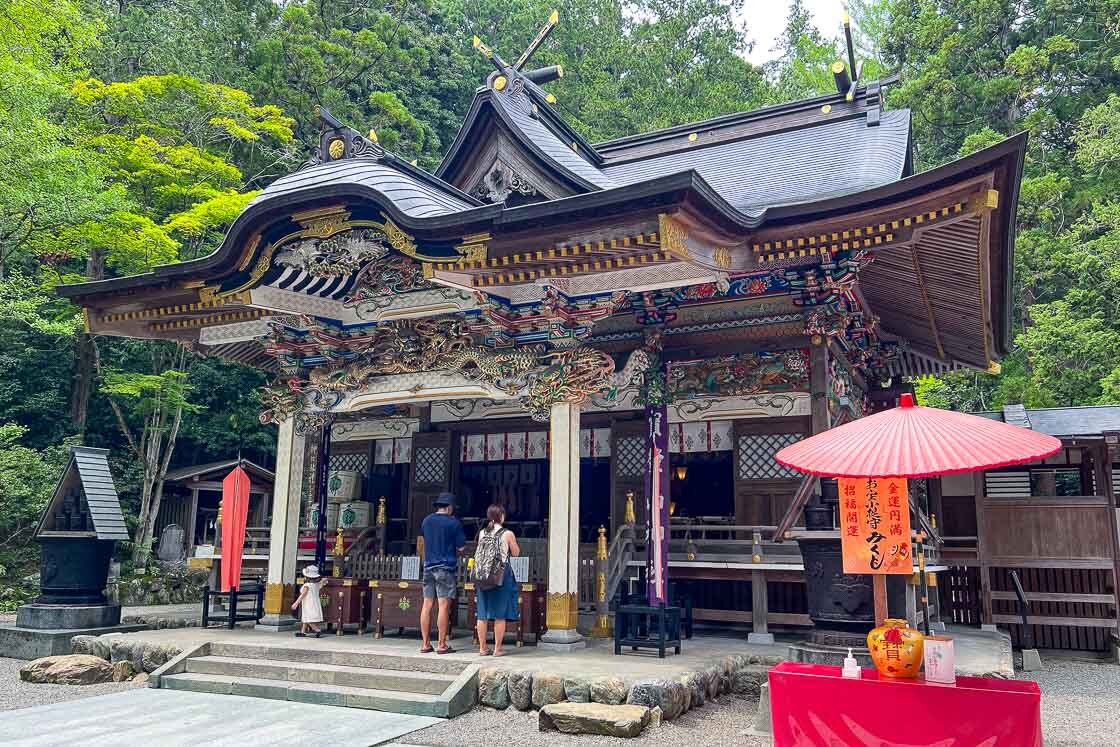
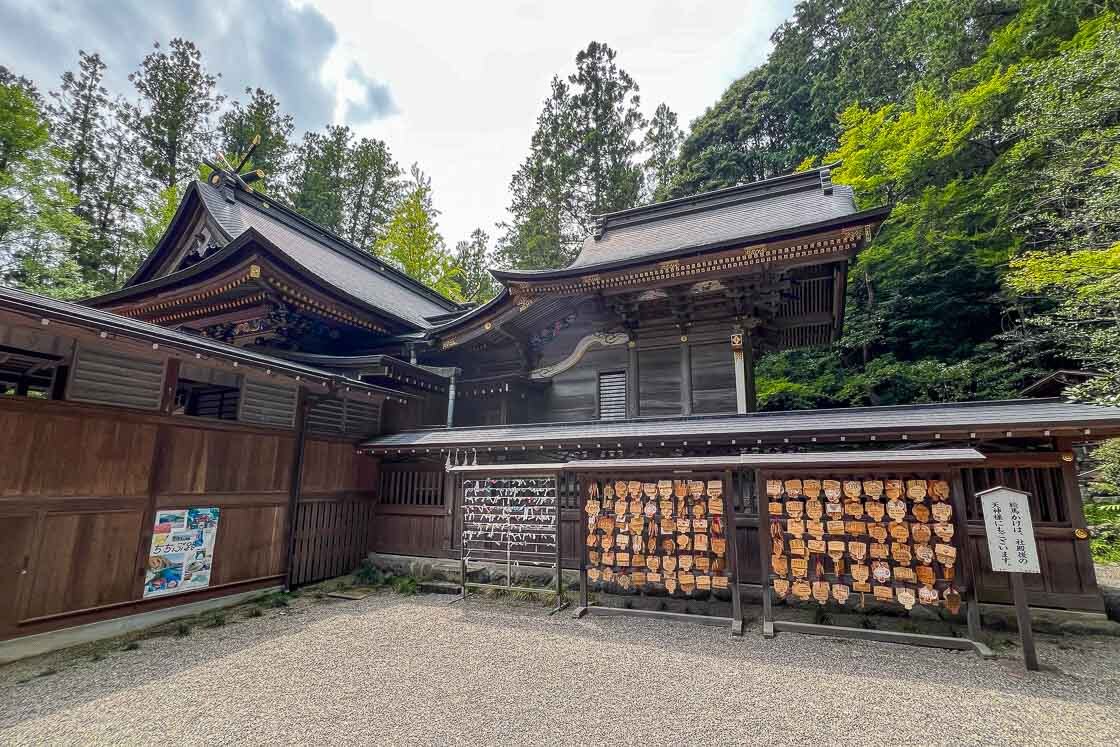
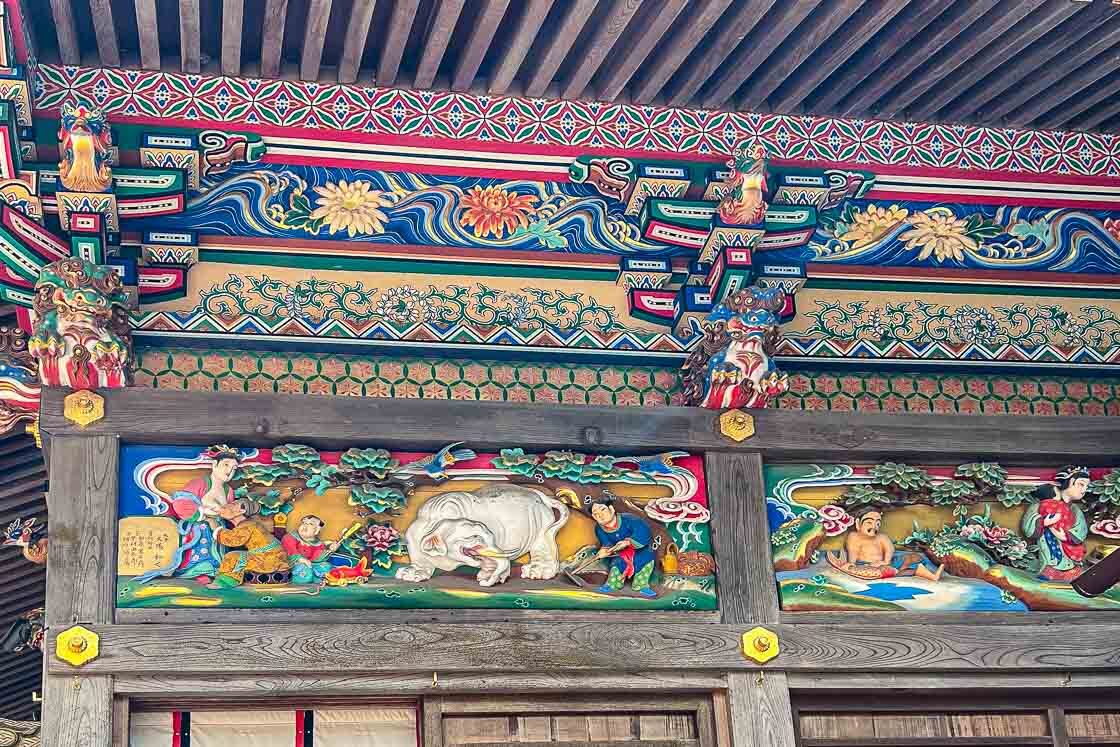
Instead of going up the mountain, I decided to head down to the river to go on the Nagatoro River boat cruise. The river that runs through Nagatoro is a relatively fast flowing one that is suitable for rafting in certain areas. The Nagatoro River boat cruise is an approximately 15-20 minute boat ride that offers visitors a close look at the cliffs and rock formations in the river. Small rapids offer some excitement in an otherwise calm river, and the boatmen will inform riders to use the provided plastic sheet to shelter against the spray of the water.
Two courses are offered for the Nagatoro River boat cruise, and they either start or end at a section of rock layers known as Iwadatami not far from Nagatoro Station. The rock layers are formed like natural steps, which make them easy to walk on and explore. My cruise ended at Iwadatami, and I took the opportunity to walk a little on the rocks after the boat ride.
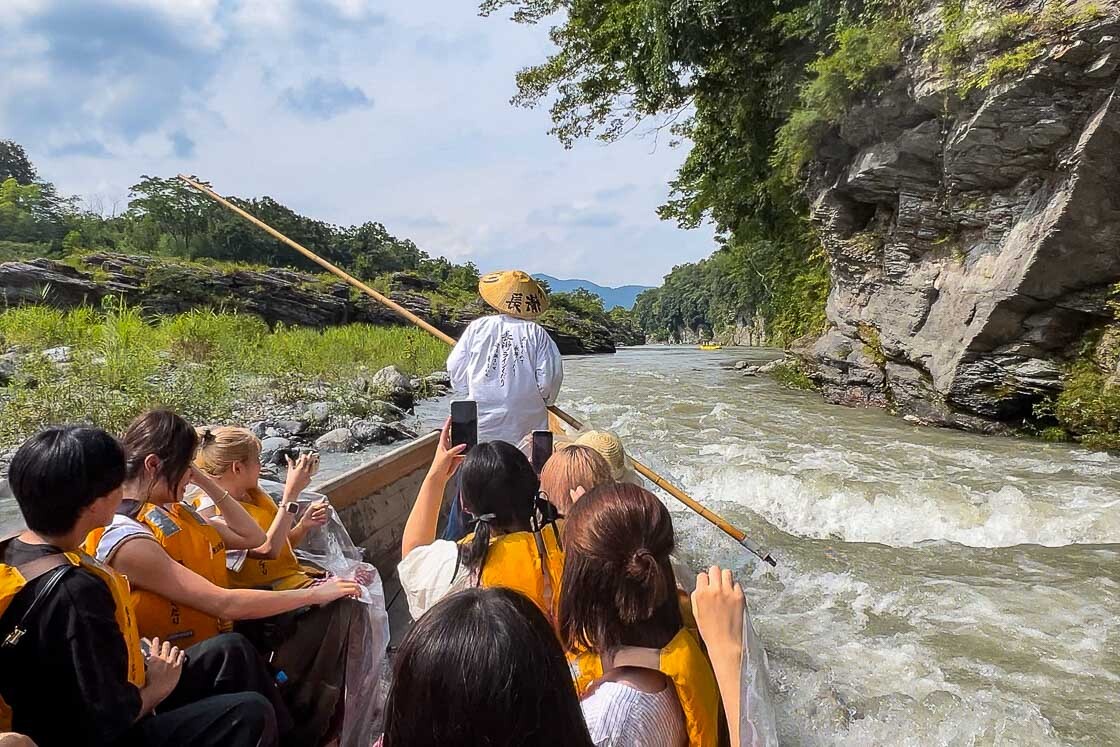

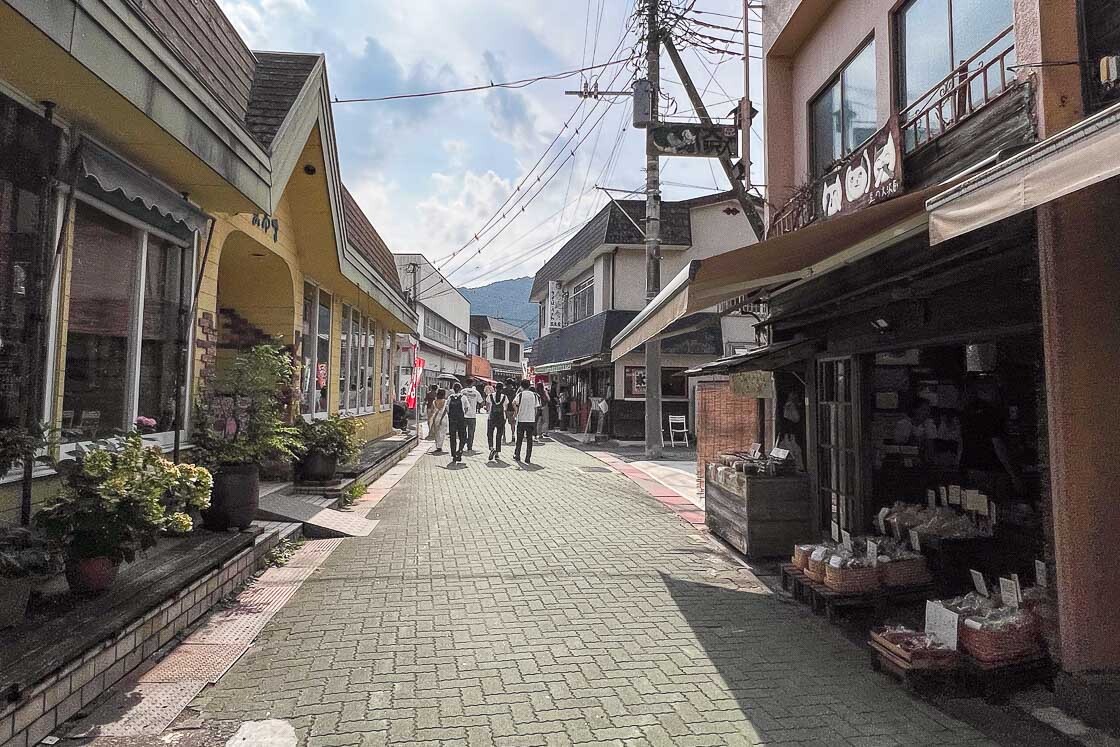
From there, I returned to Nagatoro Station to catch the train to Ohanabatake Station, a short walk from Seibu-Chichibu Station. My last stop on this trip was Matsuri no Yu, a facility containing a souvenir shop, a food court and a hot spring bath next to Seibu-Chichibu station building. The nicely decorated facility displays an actual portable shrine (mikoshi) used in a local festival, and the festival atmosphere is amplified by the lantern decorations throughout the facility.
An unexpected discovery for me on this trip was finding out about Chichibu's mascot, the extremely cute Potekuma-kun, who is inspired by one of Chichibu's local delicacies, miso potatoes. I thought that Matsuri no Yu was the perfect place to end my trip as I could sort out my souvenir shopping (Potekuma-kun merch anyone?), get some food and drink (miso potatoes :P) before taking the train back. As an added bonus, the hot spring bath also meant that I could return to Tokyo cleaned and fed after a day out in Chichibu and Nagatoro.
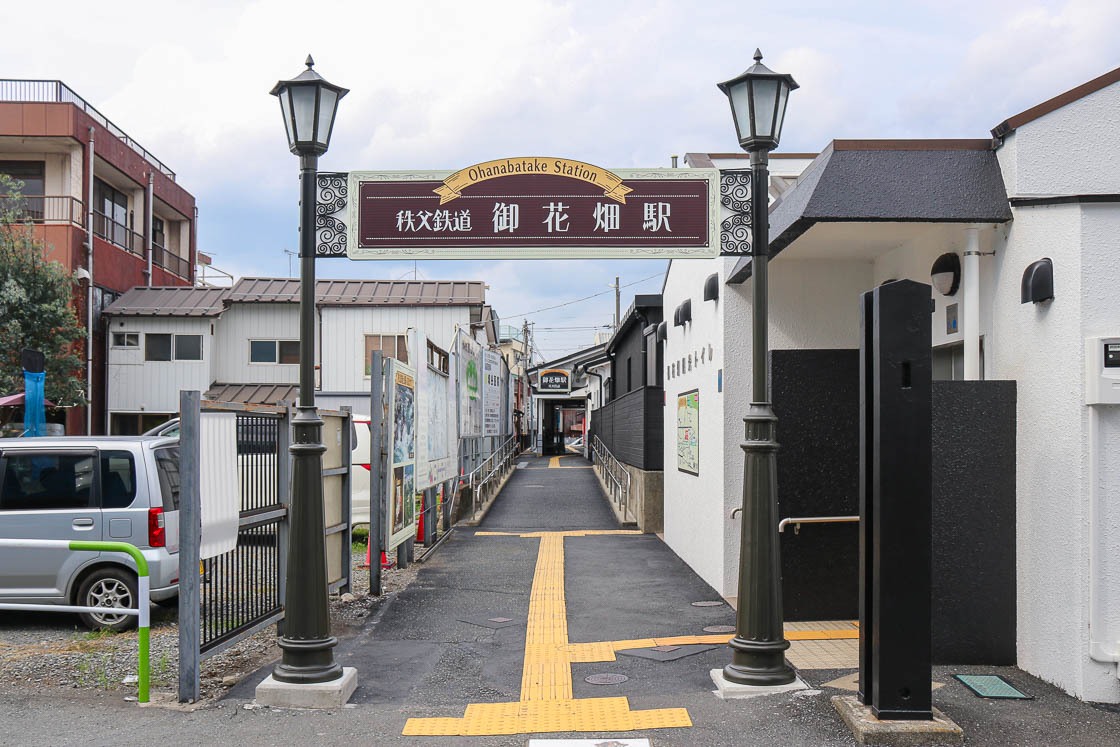
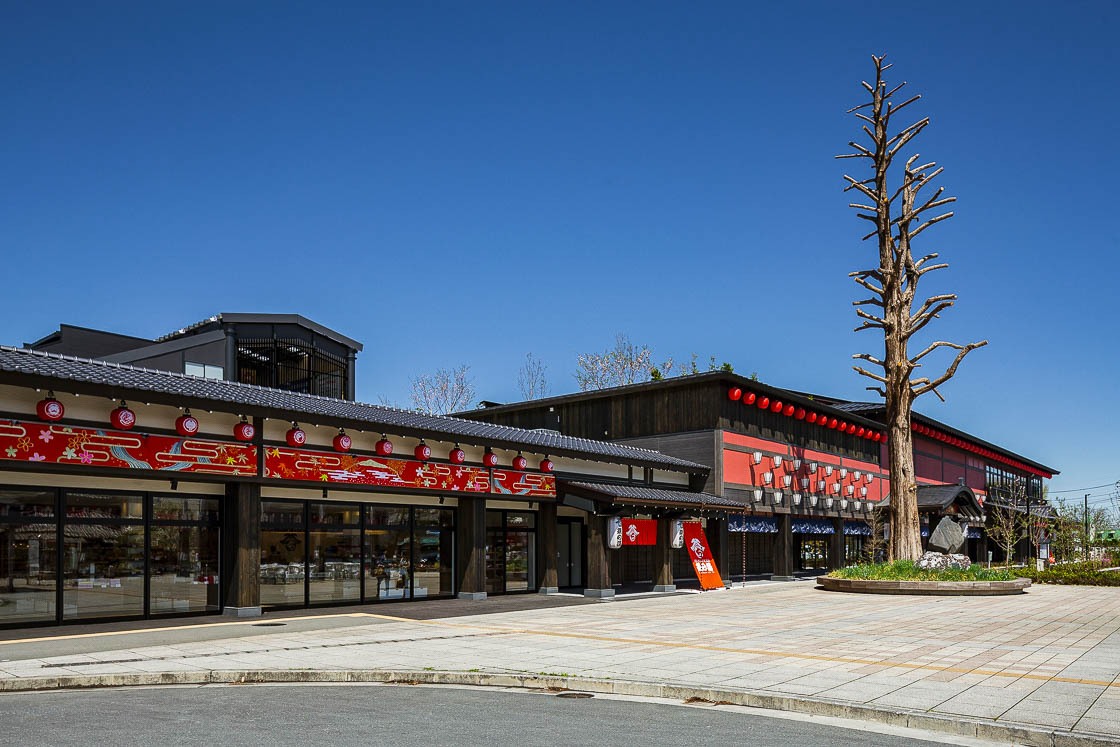
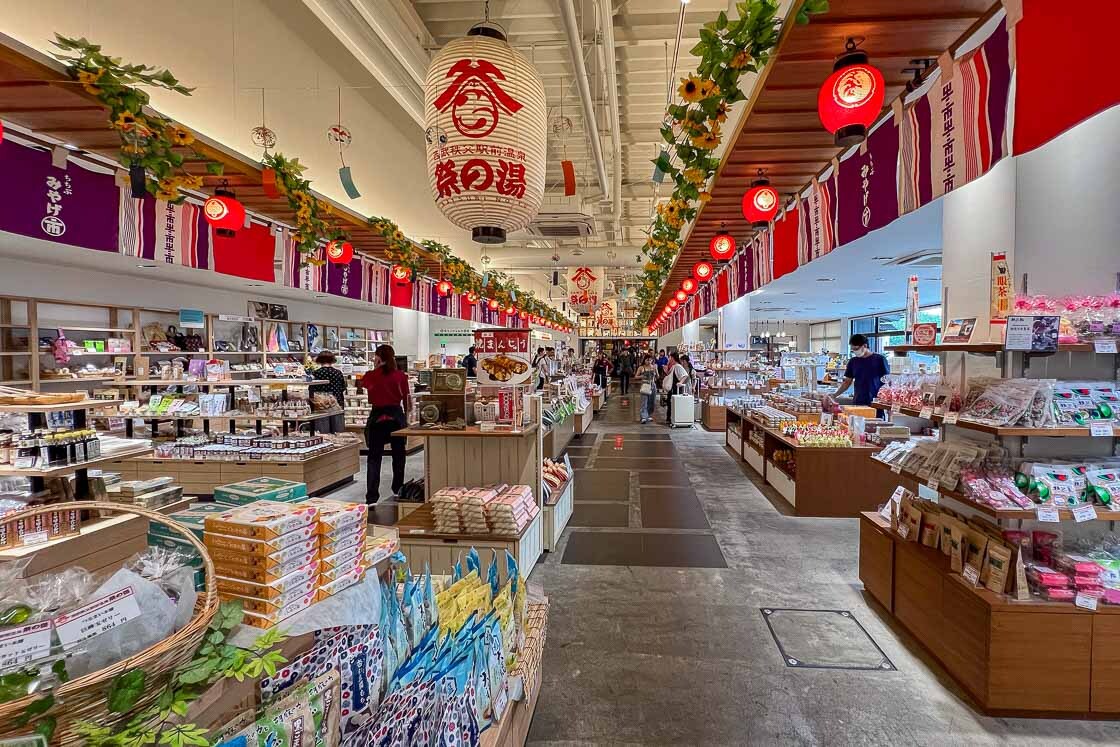
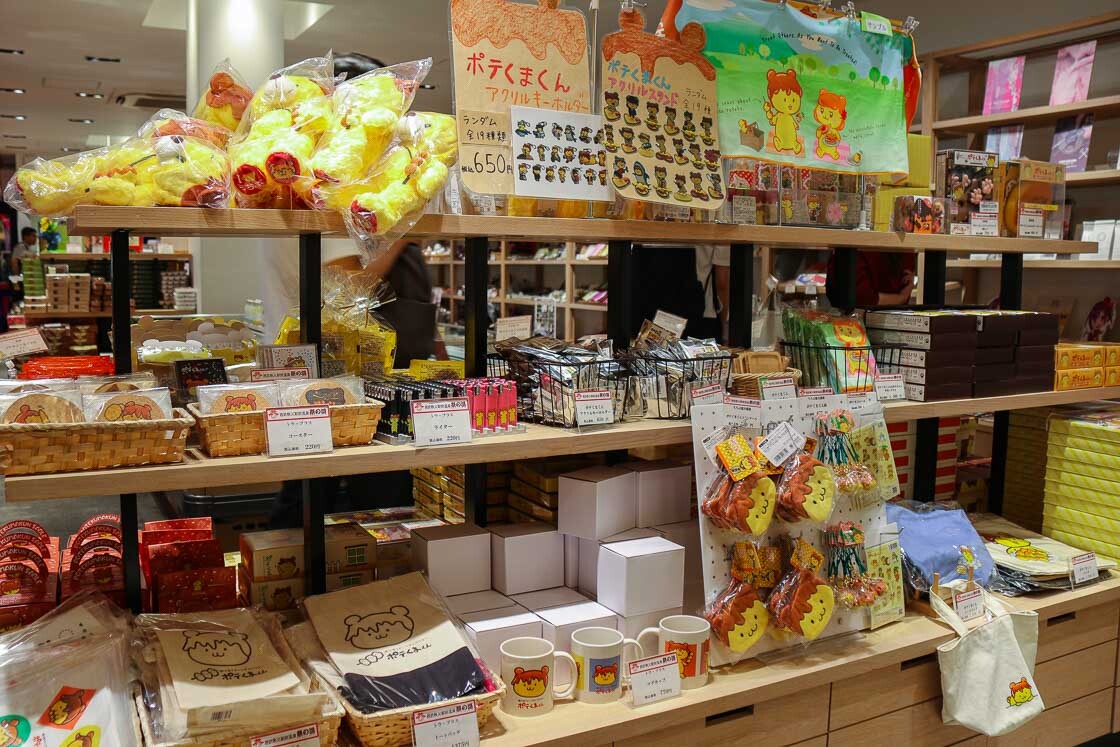

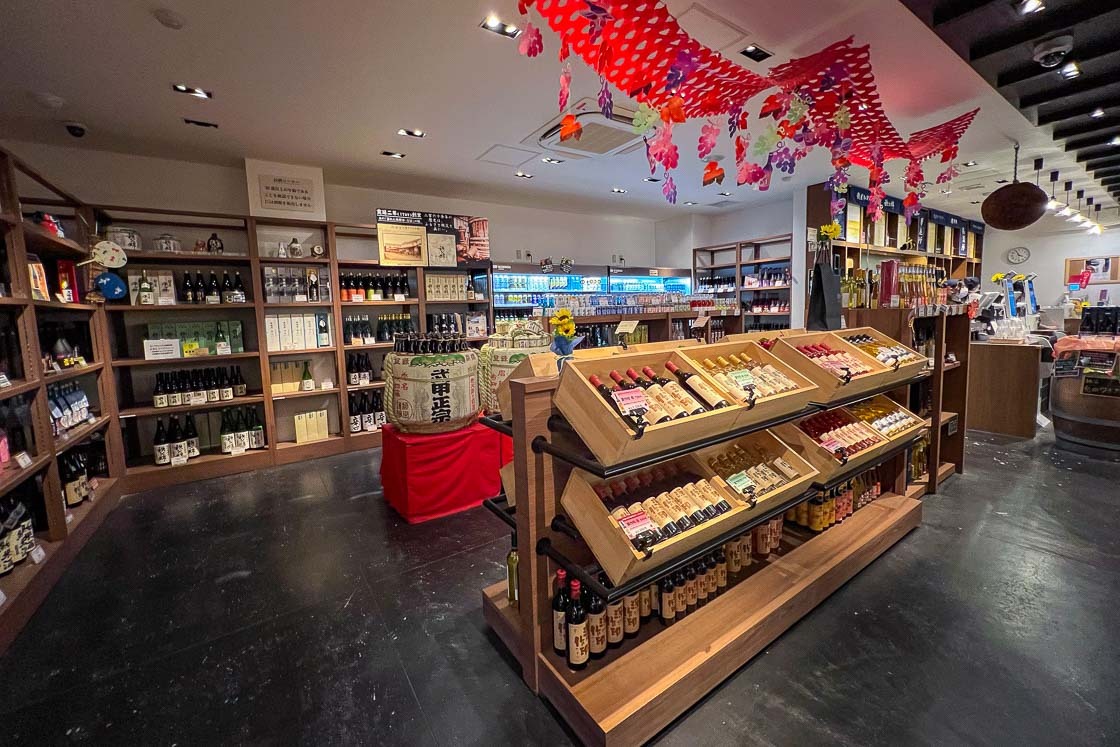
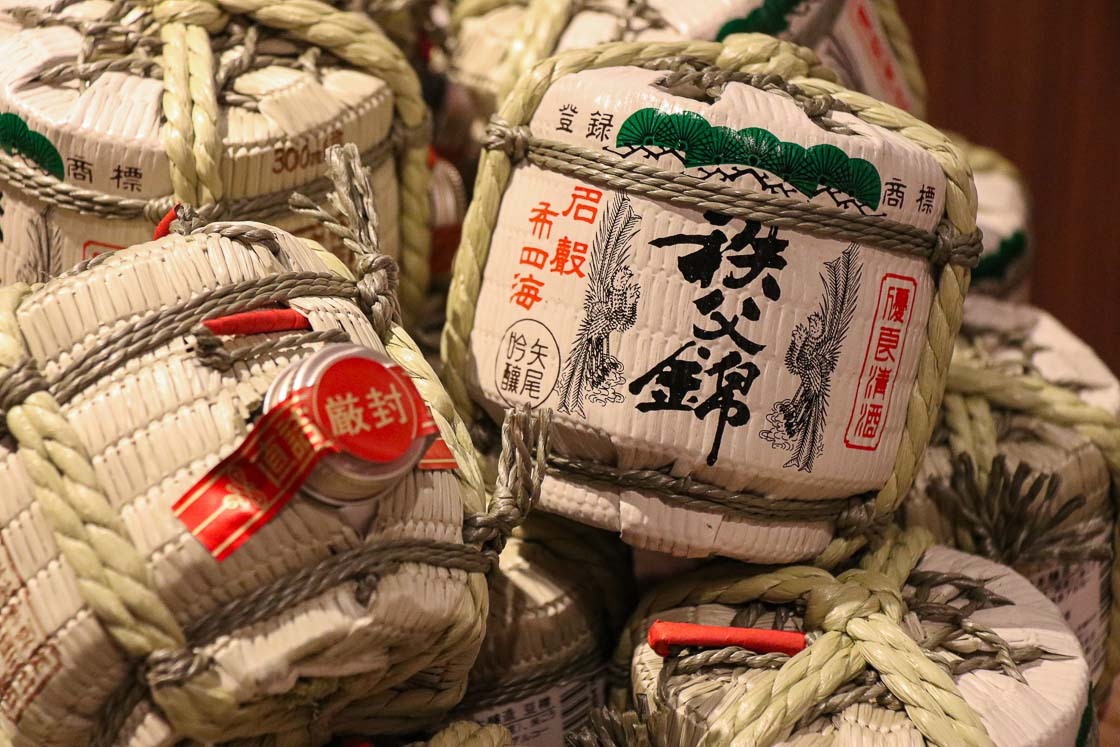
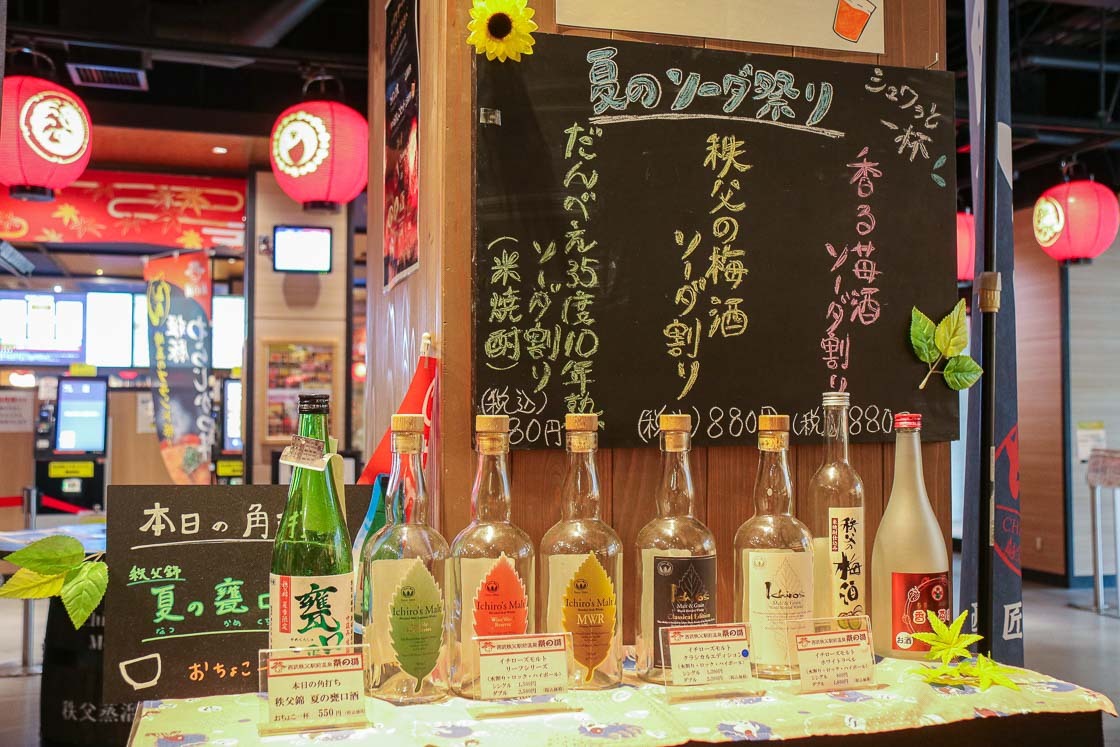
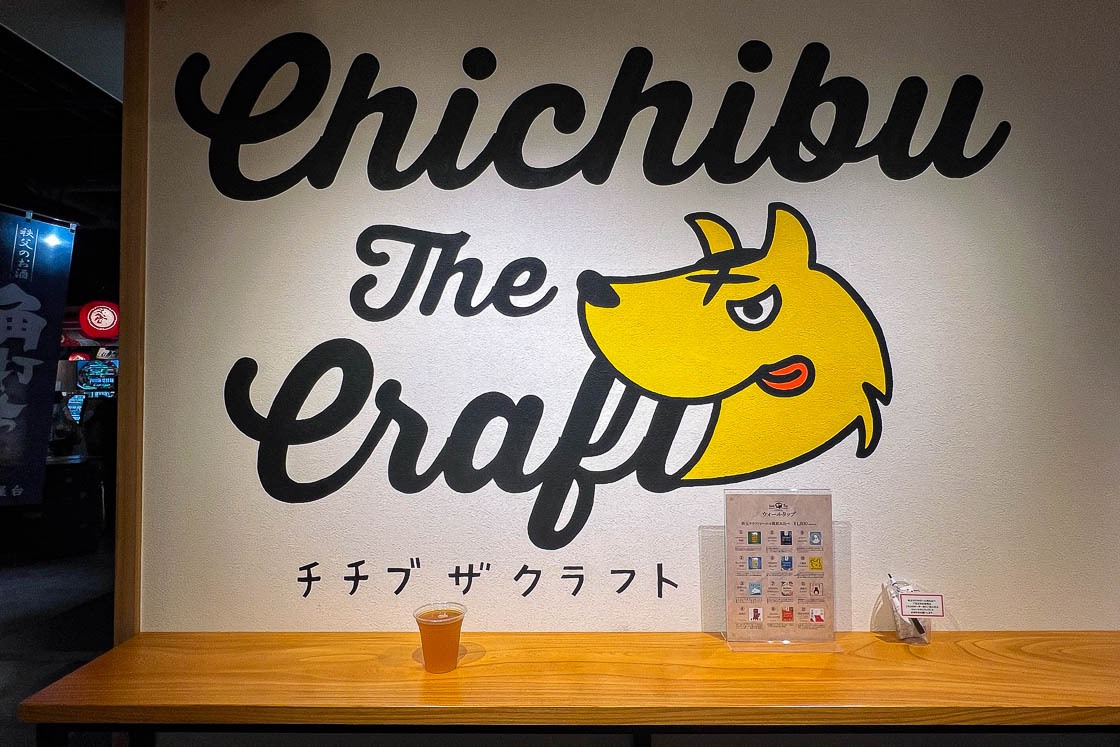
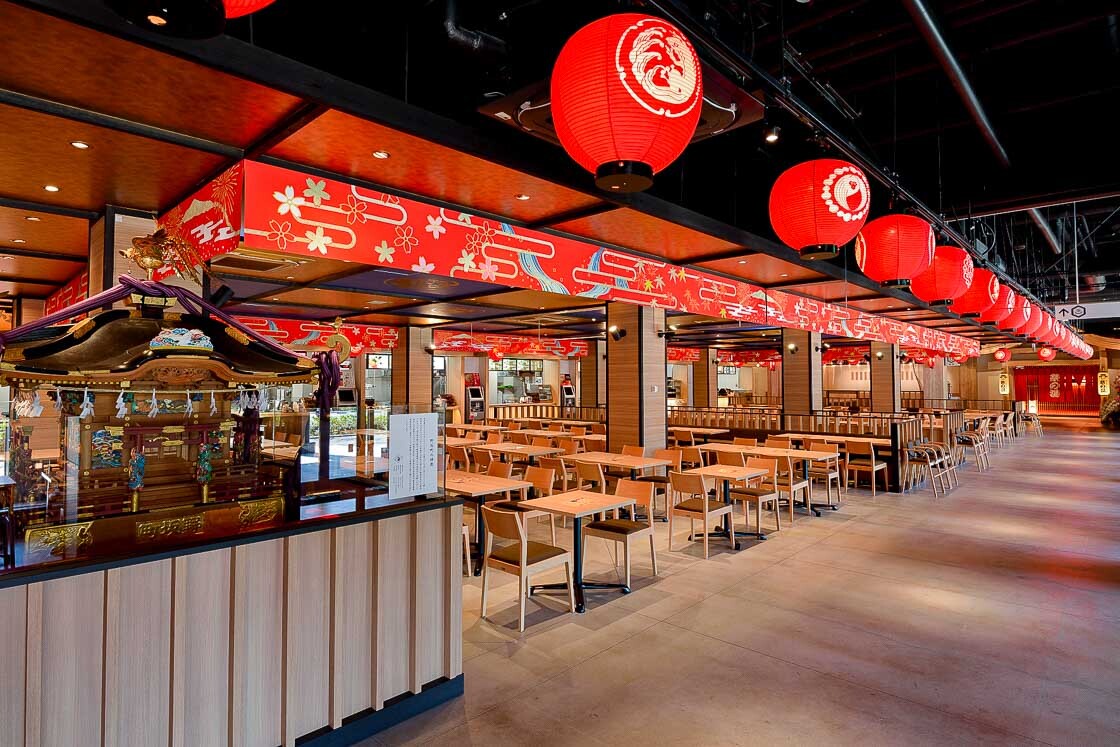
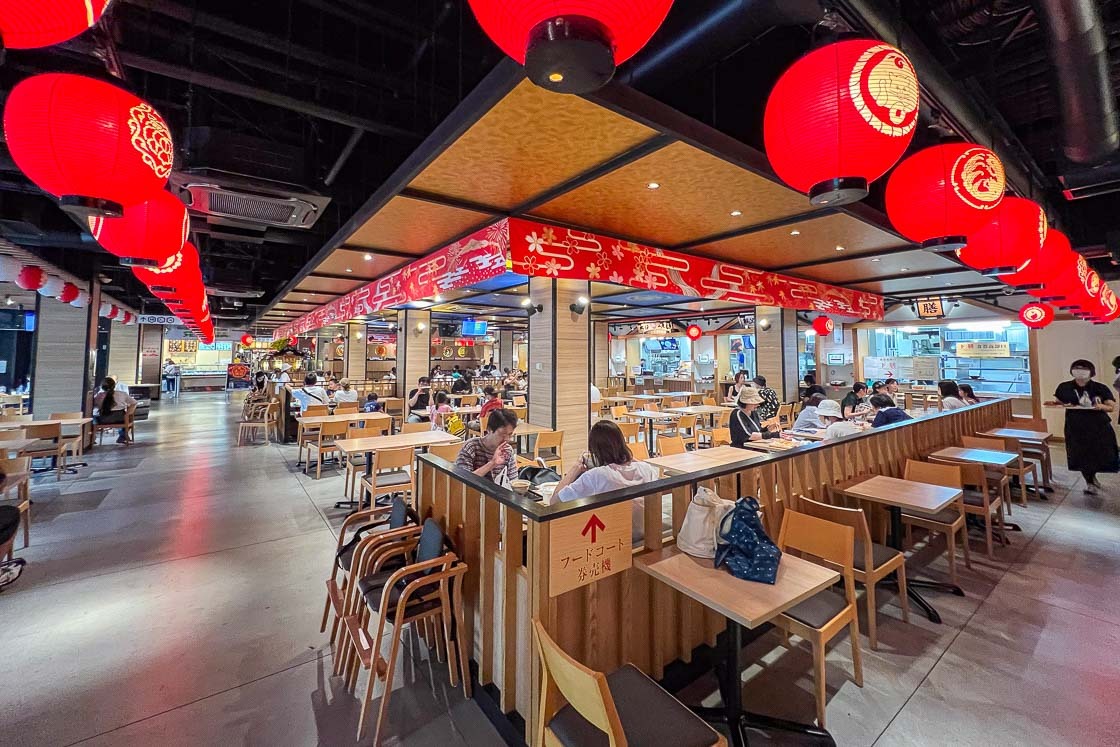

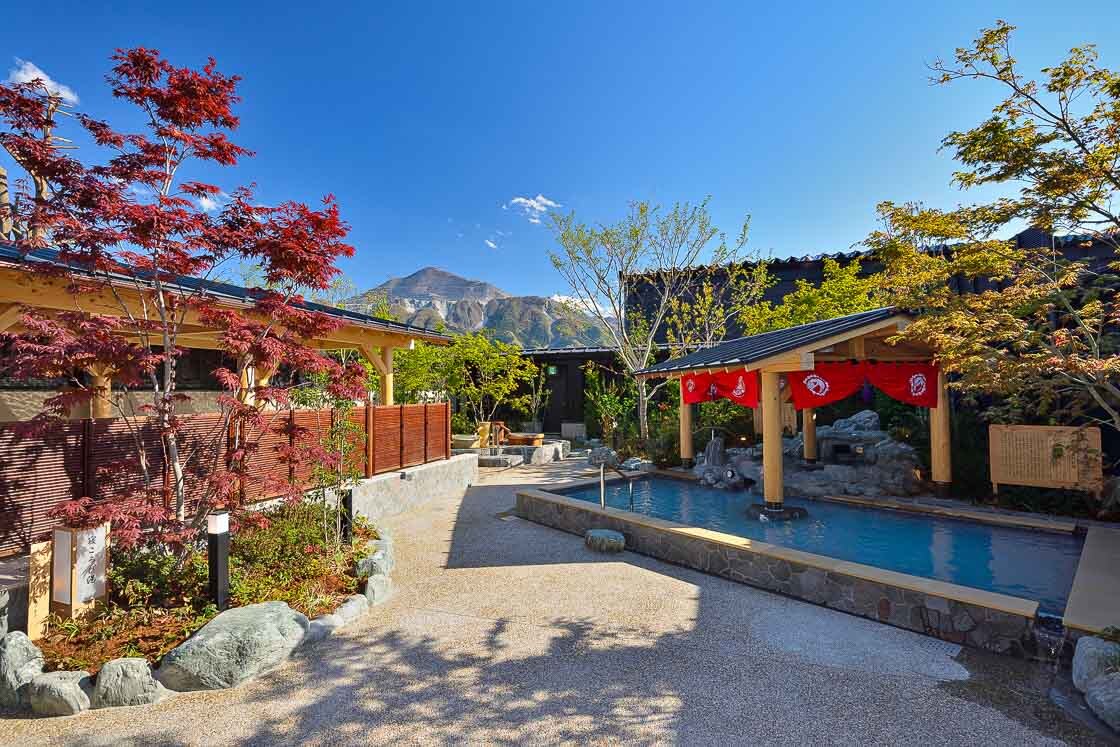
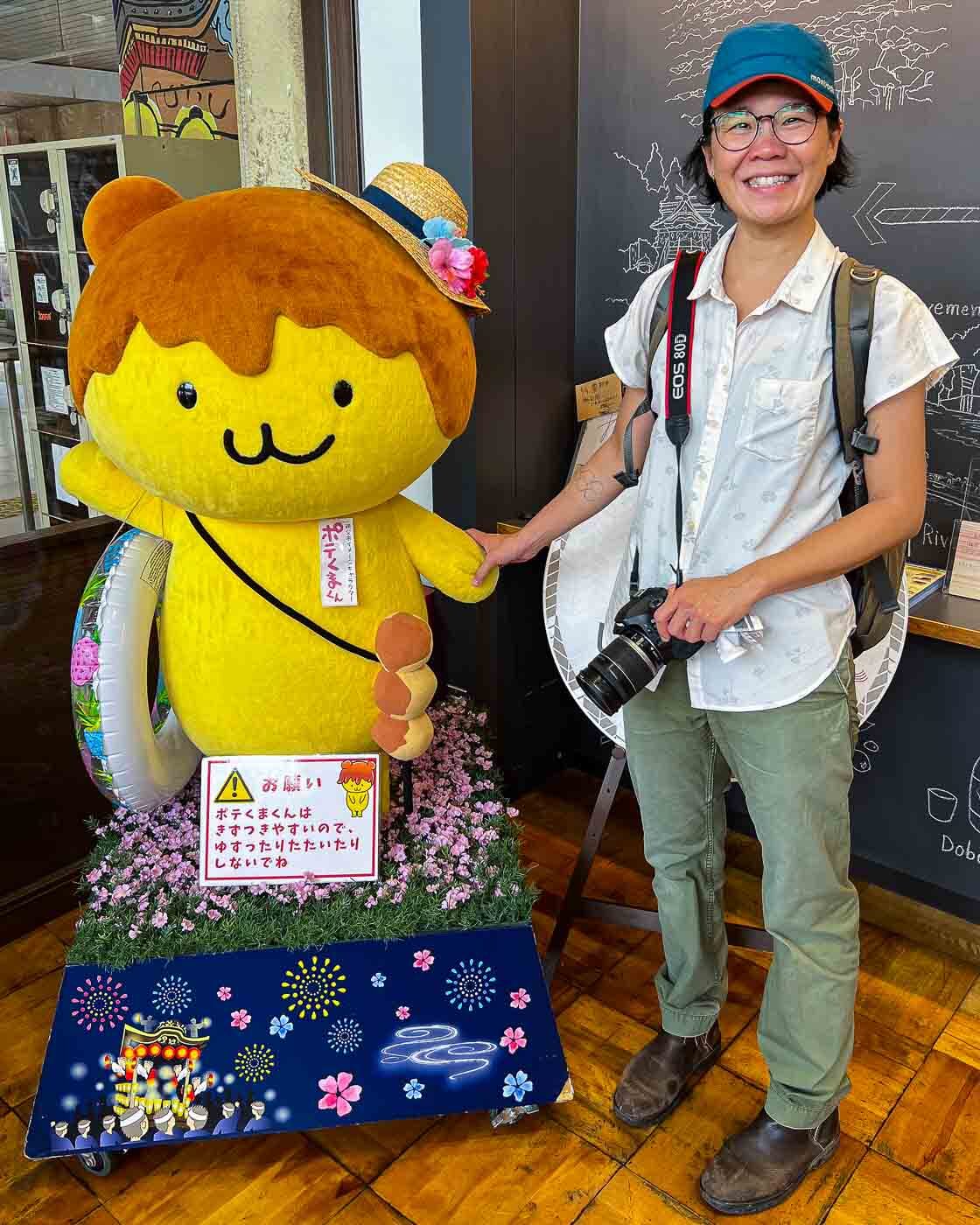
Access and Rail Pass details
How to get to and around Chichibu
Seibu-Chichibu Station on the Seibu-Chichibu Line is the main train station to access Chichibu from central Tokyo. Take the Limited Express Laview from Seibu Railway Ikebukuro Station in Tokyo and get off at the terminal stop. The one way journey takes about 80 minutes, costs 1700 yen and there is approximately one departure an hour. Seat reservations are required. Alternatively, take a local Seibu Railway train bound for Hanno from Ikebukuro Station, transfer to the Seibu-Chichibu Line going in the direction of Chichibu and get off at the terminal station. The one way journey takes about 110 minutes with good connections and costs 800 yen.
The spots visited in Chichibu are within walking distance from one another.
Take the Chichibu Railway from Chichibu Station to Nagatoro (about 25 minutes, 480 yen one way). The spots visited in Nagatoro are within walking distance from one another.
From Nagatoro Station, take the Chichibu Railway to Ohanabatake Station (about 25 minutes, 480 yen one way). Ohanabatake Station is the closest station to Seibu-Chichibu Station, and it takes about 5-6 minutes to walk between the two.
Seibu 1 Day Pass + Nagatoro
Available to all foreign passport holders, the Seibu 1 Day Pass + Nagatoro rail pass offered by Seibu Railway is applicable and of good value for this day trip. Valid on only the day of purchase or exchange, the pass costs 1500 yen and provides unlimited use of all Seibu train lines including the Chichibu Railway between Nogami/Nagatoro and Mitsumineguchi. For this specific itinerary, the pass provides savings of around 1000 yen. Note that the limited express fee for taking the Laview train is not included and has to be paid separately.
The Seibu 1 Day Pass + Nagatoro can be purchased in advance online or on the day of travel at the Seibu Tourist Information Center in Ikebukuro Station. Note that passes purchased online must be exchanged for physical tickets at the Seibu Tourist Information Center in Ikebukuro Station, and only cash is accepted when buying over the counter. Passports (a picture or copy of the passport would also suffice) must be presented when exchanging or purchasing the pass at the counter. For most travelers, it may be more convenient to buy the pass over the counter on the day of travel as the limited express ticket can also be purchased at the same time.
Related rail passes
Seibu Railway also offers a rail pass to Kawagoe, a popular tourist destination in Saitama Prefecture. Read our one day Kawagoe itinerary using the Seibu Kawagoe Pass here.
Discover more
- Seibu Railway - Official English link
- Seibu 1 Day Pass + Nagatoro - Link to purchase the rail pass online
